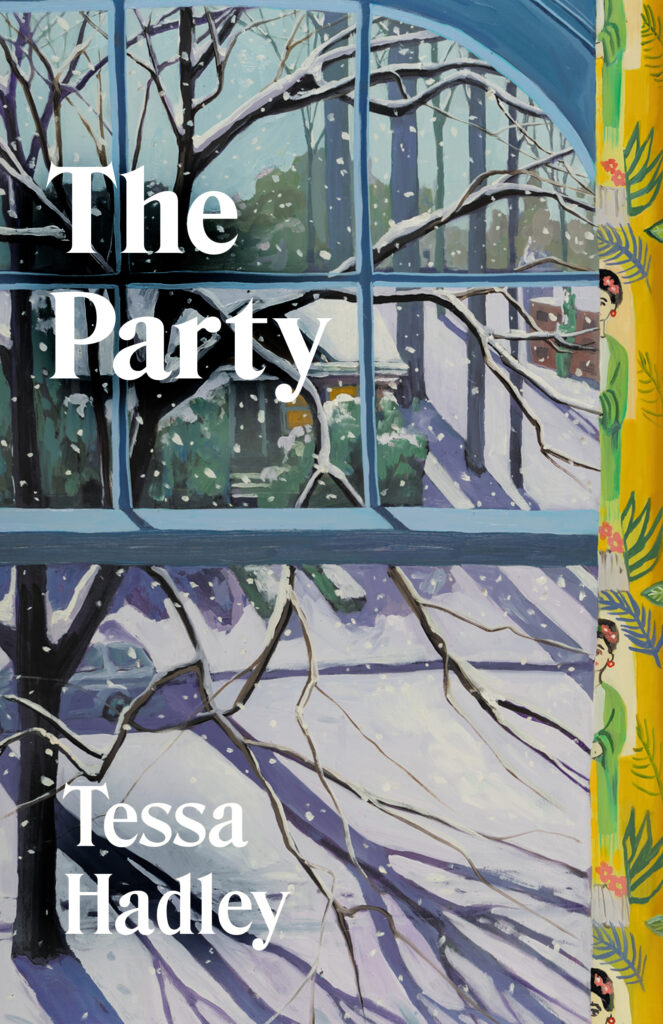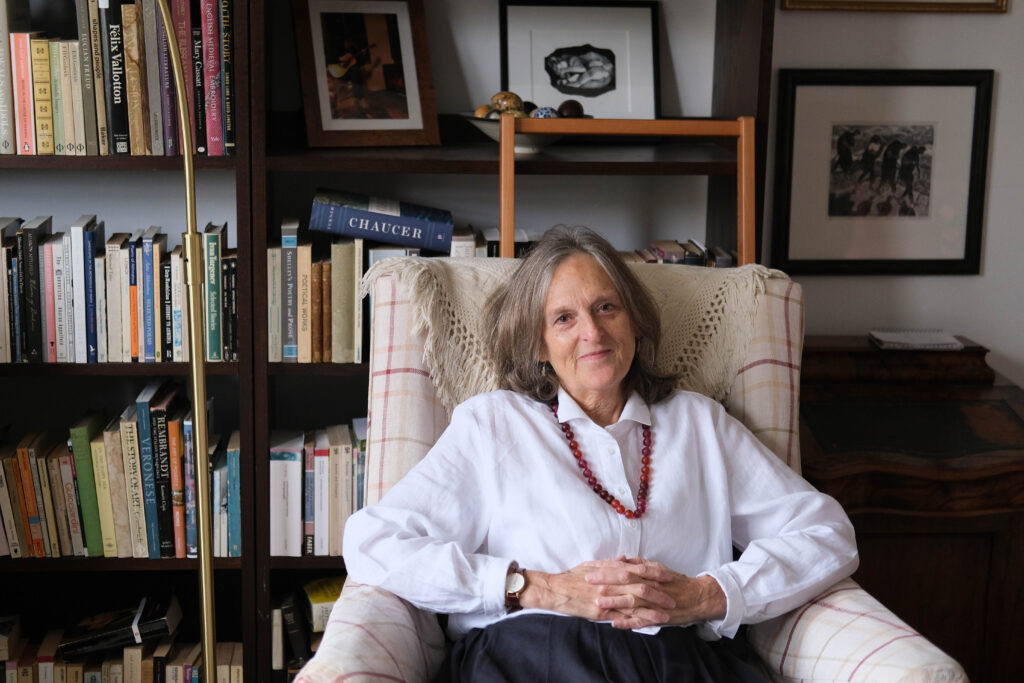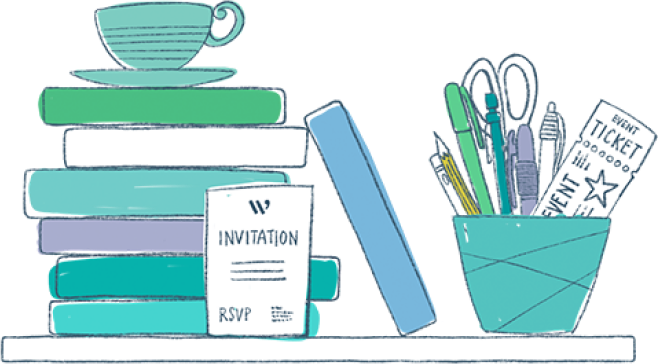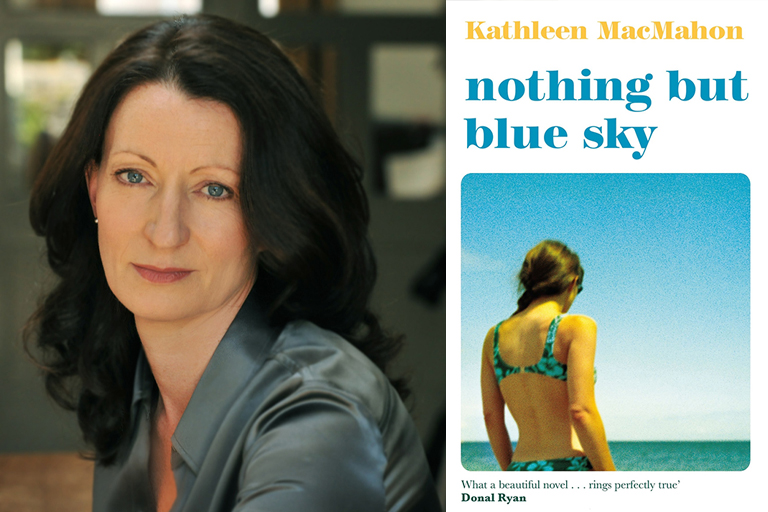To celebrate the release of her new novella, The Party, we caught up with Tessa Hadley to discuss the act of writing as a slow process – and the joy in that moment where everything starts to come together.
Writing is slow and reading is fast.
It may take you a day to write a couple of paragraphs, sweating over them, trying to capture the precise aura of someone’s physical presence, their appearance and an instant impression of their character too, straining your imagination, free associating perhaps around an image in your mind’s eye, scribbling in a notebook or on a scrap of paper before you commit to the keyboard. Or you might be messing around with your dialogue, making them say too much, so that it sounds wordy or too literary, then cutting back to the broken blurted fragments that feel more like living speech. And then tinkering with the punctuation, breaking up the sentences and then joining them together again, trying to get the most natural-seeming flow of words. Transitions are the hardest: how to get people out of the room, or to prepare for someone’s entrance, or move from describing what someone looks like to describing falling in love with them, or starting a quarrel with them. Or just jumping ahead from Saturday to Monday.
Then, if your couple of paragraphs make it through to the final draft and the published book, even your most appreciative and careful reader will whisk through them, after all that work you’ve put in, in just a couple of minutes. Partly your reader is hurrying on to follow the story, but it’s not just that. Even the slowest reading of prose fiction is meant to be faster than writing, much much faster. The words are meant to flow past your reader’s awareness as if they are spooling out easily and inevitably, as if they never could have been written any other way. They are meant to carry your reader forward. Perhaps at best, if you’re lucky, once every few pages, someone will pause for a few moments to dwell on a resonant sentence that gets something just right.
So what are the implications of this discrepancy between the long time it takes to write, compared to the short time it takes to read? Well, the writer has to make the flow of the prose work for the reader, not for herself. At every point, even while the writer is slaving over the minute detail, she has to have her eye at the same time on how these minute details will work when they’re read at speed. It’s obvious I suppose, but it’s a really hard thing to learn to do. It’s so easy to get immersed and tangled down there among the details, and lose your sense of the faster flow of the narrative line, along through your story and over the page into the next thing.
And actually I’m not sure that you can do these two things simultaneously: attend to the minutiae of the writing down there among the sentences, and at the same time be aware of how the sentences read through. As I’m an especially slow writer – four hundred words a day is fine with me – I find myself moving continually backwards and forwards between the two perspectives. It’s almost like a painter getting up close to the surface of the canvas, then standing back to see how that brushstroke works from a distance, and then getting up close again to correct what didn’t look right.
It’s really tiring for the mind, pulling up over and over again out of the murky depths of the detail of the thing, and trying with a fresh perception to see those two paragraphs as coolly as if someone else had written them: as if I was the reader and not the writer. Does it flow? Is that a jolt, or a smooth join? Am I going on too long here? Have I overdone the description of that room? Do I need one more sentence to make us really feel how he reacts to what she’s just said? I play tricks on my eye, in Word, looking at the paragraph in a larger and smaller scale to refresh my sense of what I’ve written, as if I’ve never seen it before; I know that some writers print their work out to achieve this. And I’m not always reading only those two paragraphs which are new; I’ve got to check whether they grow seamlessly out of the paragraphs I wrote yesterday. Pulling even farther back, every so often I need to read the whole chapter through, and from time to time, every couple of months, the whole book-so-far. Is it working structurally? Is its balance right, between summary and live action? Is there a hole in the book, somewhere there in the middle?
But on a good day something very gratifying happens, on the fifth or sixth read-through of your two paragraphs, when suddenly the flow of your attention isn’t snagging on anything, it’s running smoothly and easily instead, across the sentences. You’ve got it right at last. It’s almost a visual effect, as if the typed words tighten and shrink and settle down together in their place on the screen, or on the printed page. And now your story is leaping out of the words and running ahead, taking you along with it, as if you’d solved a riddle in writing, and set something free.









